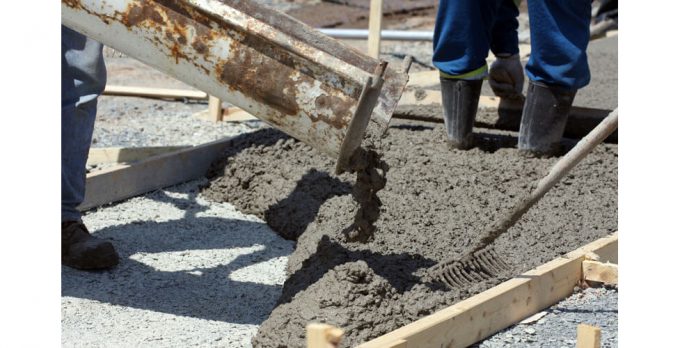At present, researchers on the application of recycled aggregate in concrete are continually gaining popularity. This is because of the need for environmental preservation and sustainable development. For example, concrete developers can use additives such as polycarboxylate superplasticizer because it is a high-performance agent.
Roles of polycarboxylate explained.
Polycarboxylate is a water reducing agent. It is also known as a cement dispersant applied in different cement concrete additives applications. The element is used in bridges, tunnels, and roads.
The Impressive Structure of polycarboxylate
Also known as polycarboxylate superplasticizers, PCEs are designed with a great backbone. It also has an iconic string of pendant chains comprised of glycols. Following PCE materials’ structure, its acid series of products can be categorized into two main types.
One type has a polyether or methacrylic acid. This is the main chain, and it can graft a variety of chain lengths.
Then there is the other type, a polyether with a broad range of side chains with maleic anhydride. Following these types of PCEs, a noteworthy series of products have been formed. These items impact the construction processes that involve the application of concrete.
Prior to the appearance of the acids mentioned above, there is the lignosulfonate admixture, which is a naphthalene sulfonate. Then there is the melamine-formaldehyde.
Besides, another generation of the polycarboxylate superplasticizer overcomes the drawbacks of other water reducers, which have been known to be traditional.
One of the pros of using this chemical is its low dosage, low concrete shrinkage, and high performance. In the construction industry, these are some of the best features of an additive. If you are new to the topic of using polycarboxylate superplasticizer, then it is first essential to know that it is beneficial in:
- Improving the performance of concrete for construction
- Enhancing the strength of concrete and mortar
- Saving cement and replacing special cement
- Improving the setting rate
- Hardening concrete
- Reducing the heat of the cement
- Delaying the release of heat
- Adjusting the mortar’s gas content
Additional pros of using polycarboxylate
- Enhances the chances of the mixture bleeding before construction starts
- Enhances your pumping ability
- Improves adhesion
- Improves corrosion resistance of the mortar
- Improves the corrosion of the concrete
- Enhances steel grip
- Enhances concrete grip
You will like the chemical because it is highly compatible with different cement. It is also an incredible slump retention performance of the concrete type you choose to invest in. The dosage may be low, yes, but the water reduction rate is incredibly high. For that reason, it improves the early as well as late concrete strengths. Over and above, this chemical compound is low in chloride ion content, and lastly, it’s also low in alkali content.
Final Thoughts
Polycarboxylate is a perfect water reducing agent with intense positive effects on concrete. That is why more project managers are investing in the chemical—understanding its Role helps you utilize the product maximumly. If you are in the construction industry and wondering what reagent to use as an additive, then Polycarboxylate is one of the best. There are several advantages you stand to accrue.







